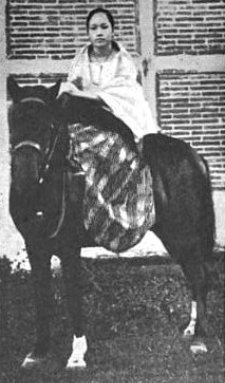Feb. 10, 1899: Battle of Caloocan
After capturing La Loma, Brig. Gen. Arthur C. MacArthur, Jr. pushed toward Caloocan, an important railroad center 11 miles (17 km) north of Manila. For several days, trainloads of Filipino soldiers were seen landing in the town.
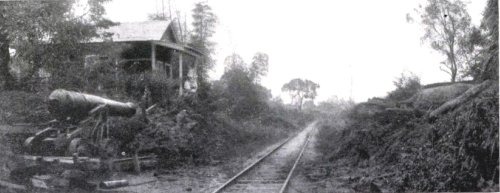
It also barred the way to Malolos, Aguinaldo’s capitol. General Antonio Luna together with a Belgian-trained engineer, Jose Alejandrino had constructed trenches to defend Caloocan.
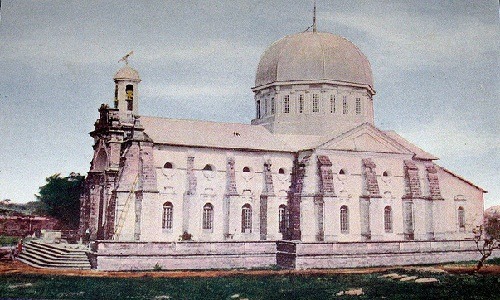
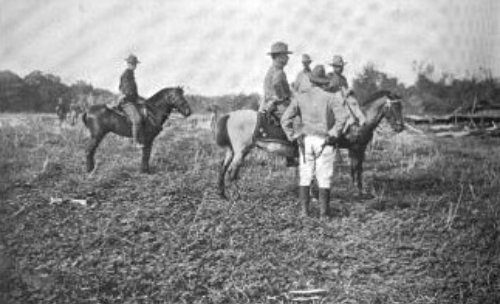
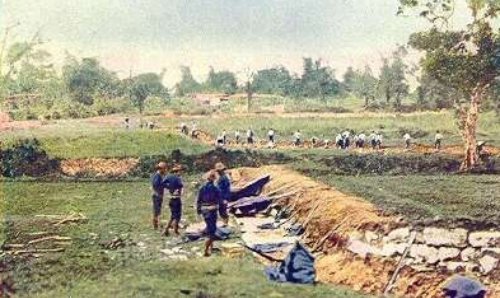

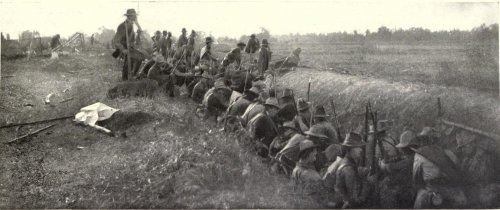
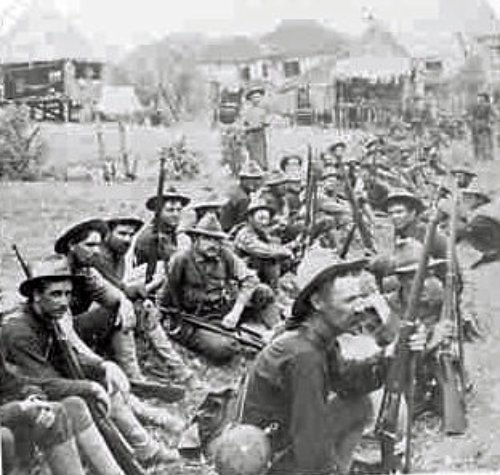
Edward Stratemayer in his article entitled UNDER OTIS IN THE PHILIPPINES described the capture of Caloocan: “On to the town! was the next cry and into the city they advanced, the Filipinos contesting every step stubbornly but unsuccessfully. A stand was taken at a church and at several public and private buildings; but the blood of the Americans was not up and they forced the rebels out, in many cases at the point of the bayonet. Compelled to give up the city, the Filipinos tried their best to burn the main portion of the town, and soon the smaller houses were a mass of flames. An attempt was also made to burn the church and the city hall, but here the Americans interferred and many of the rebels were caught and taken prisoner. The general advance had begun at one o’clock in the afternoon. At half past five, Old Glory was swung to the breeze from the flagstaff of the city hall and rebel sway in Caloocan became a thing of the past. When the smoke of war cleared out, the inhabitants of the town found their homes in ashes, the buildings razed to the ground and only the Casa Tribuna, the church, and the convent remained standing.”
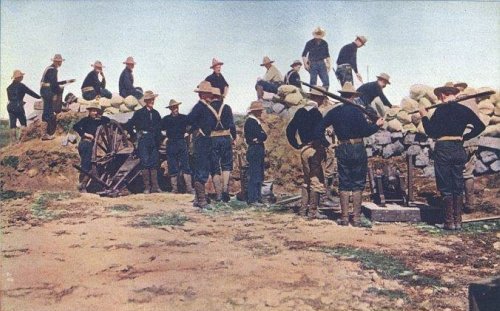

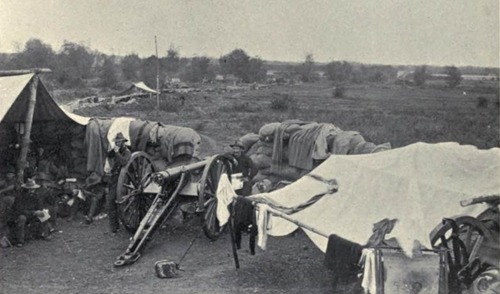
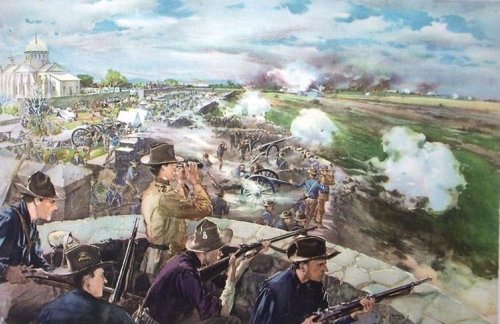
Describing the Caloocan battle, Charles Bremer, of Minneapolis, Kansas, wrote:
“Company I had taken a few prisoners, and stopped. The colonel ordered them up in to line time after time, and finally sent Captain Bishop back to start them. There occurred the hardest sight I ever saw. They had four prisoners, and didn�t know what to do with them. They asked Captain Bishop what to do, and he said: ‘You know the orders’, and four natives fell dead.�
Capt. David S. Elliot, of the 20th Kansas Volunteers, said: “Talk about war being ‘hell,’ this war beats the hottest estimate ever made of that locality. Caloocan was supposed to contain seventeen thousand inhabitants. The Twentieth Kansas swept through it, and now Caloocan contains not one living native. Of the buildings, the battered walls of the great church and dismal prison alone remain. The village of Maypaja, where our first fight occurred on the night of the fourth, had five thousand people on that day�now not one stone remains upon top of another. You can only faintly imagine this terrible scene of desolation.”
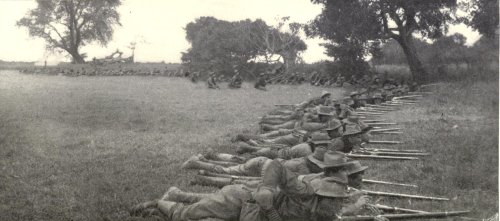

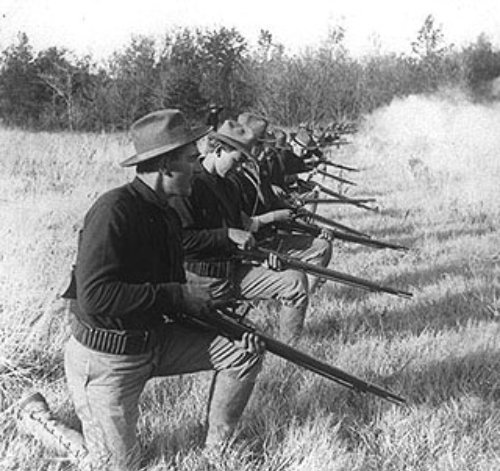
Arthur Minkler, of the 20th Kansas Volunteers: “”We advanced four miles and we fought every inch of the way;… saw twenty-five dead insurgents in one place and twenty-seven in another, besides a whole lot of them scattered along that I did not count…. It was like hunting rabbits; an insurgent would jump out of a hole or the brush and run; he would not get very far…. I suppose you are not interested in the way we do the job. We do not take prisoners. At least the Twentieth Kansas do not”.

During the battle, the Kawit Battalion from Cavite refused to attack when given the order by Gen. Antonio Luna. Because of this, he disarmed and relieved them of their duties. Soldiers from this same Cavite battalion later assassinated Luna in Cabanatuan, Nueva Ecija on June 5, 1899.
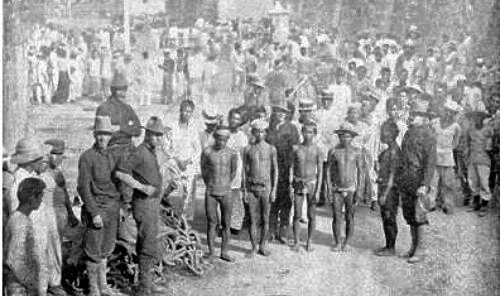
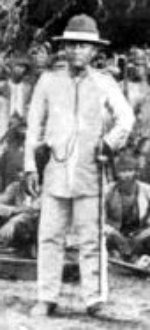
Abaya was born in 1854 to a well-to-do family and died in battle on May 3, 1900. He and 10 men were at the mountain village of Guilong, Galimuyod, 11 miles east of Candon, when they encountered a 30-man patrol of Company G, 33rd Infantry Regiment of United States Volunteers (USV). The Americans were led by 2Lt. Donald C. McClelland. Abaya died with 2 of his men and 3 were captured. There were no casualties on the American side. [Guilong has been renamed “Abaya” in honor of the hero].
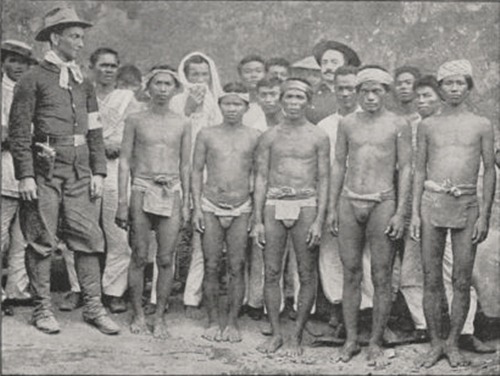
The Igorots soon fell out with the Philippine army and became U.S. allies, acting as guides for American troops in the rugged highlands of northern Luzon. A Tingguian Igorot, Januario Galut, led U.S. troops to a position where they could surround and defeat the forces of Gen. Gregorio del Pilar at Tirad Pass on Dec. 2, 1899.
Many of the Igorots who served in Aguinaldo’s army later joined the colonial Philippine Constabulary.
The mortal combat at Caloocan killed Luna’s Chief of Staff, Major Bautista of the Territorial Militia, and Captain Licero of Malolos.
The Annual Report of the U.S. War Department listed 5 American dead and 45 wounded; 200 Filipinos killed and 800 wounded.
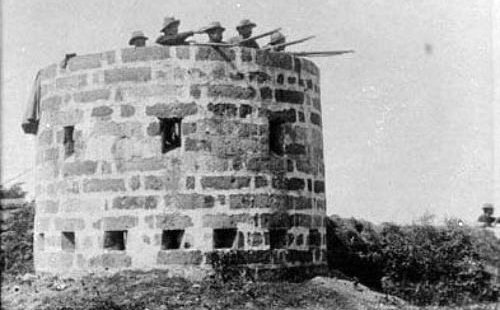
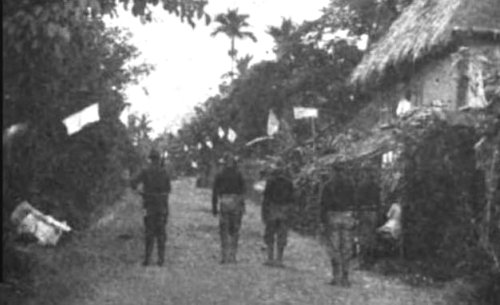
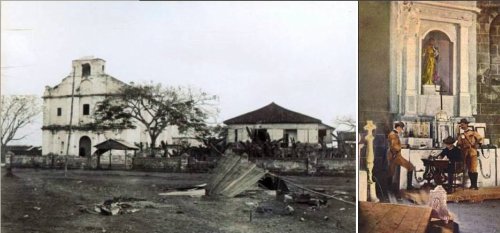
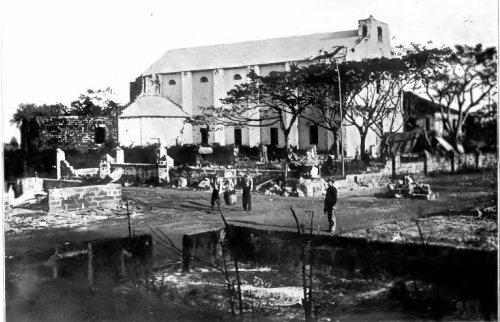
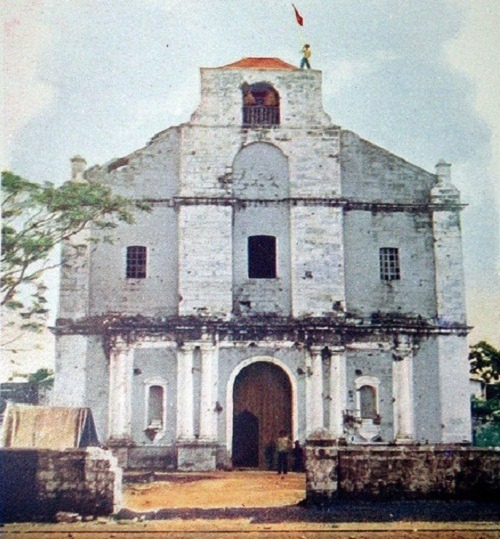
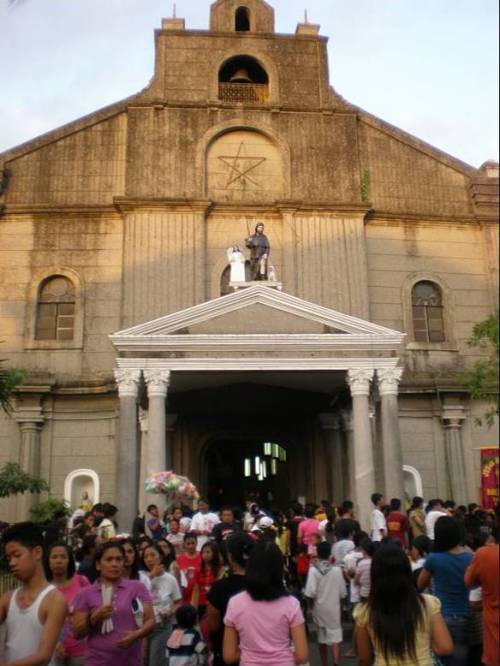

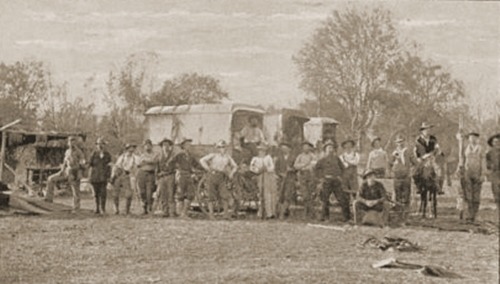
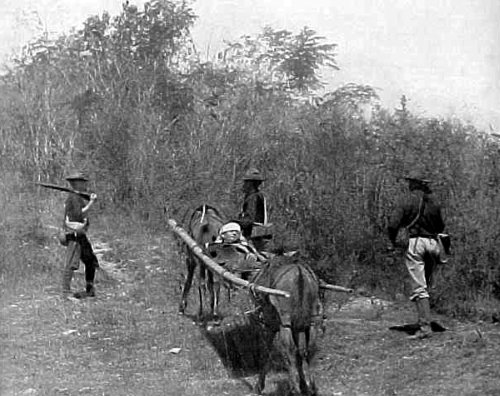
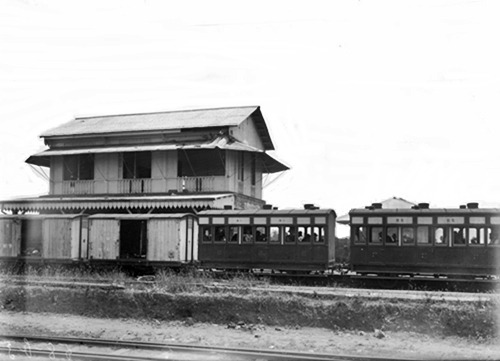

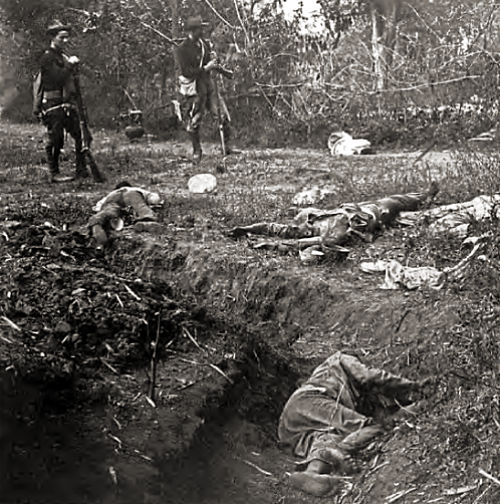
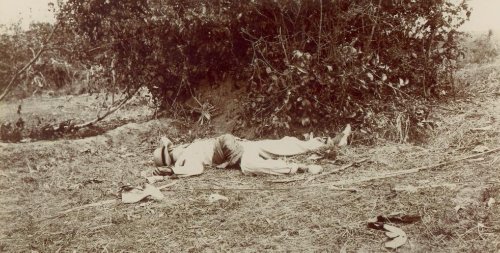

Theodore Conley, 20th Kansas Regiment: “Talk about dead Indians! Why, they are lying everywhere. The trenches are full of them…There is not a feature of the whole miserable business that a patriotic American citizen, one who loves to read of the brave deeds of the American colonists in the splendid struggle for American independence, can look upon with complacency, much less with pride. This war is reversing history. It places the American people and the government of the United States in the position occupied by Great Britain in 1776. It is an utterly causeless and defenseless war, and it should be abandoned by this government without delay. The longer it is continued, the greater crime it becomes�a crime against human liberty as well as against Christianity and civilization…”
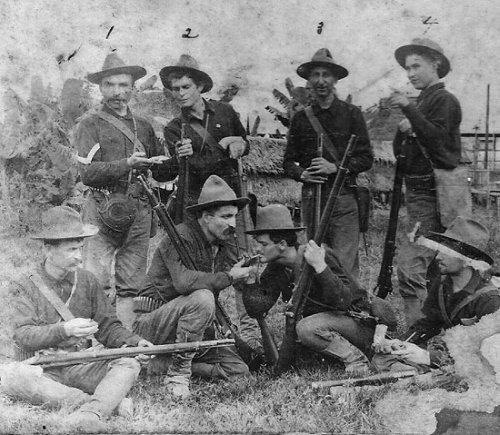
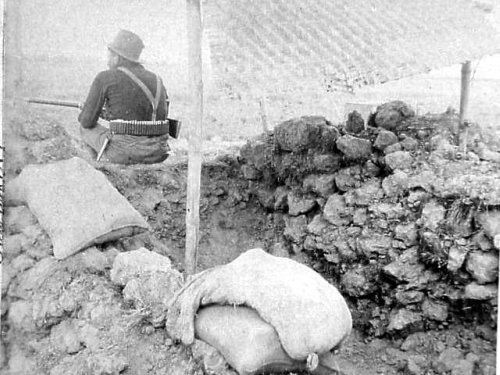
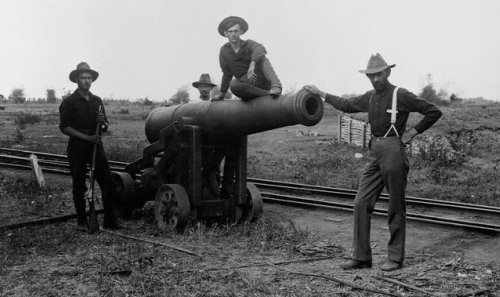
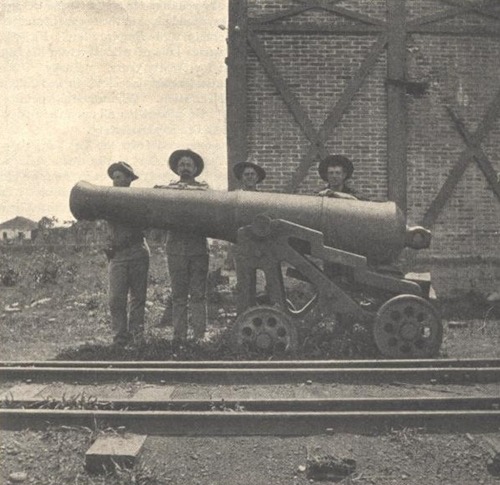
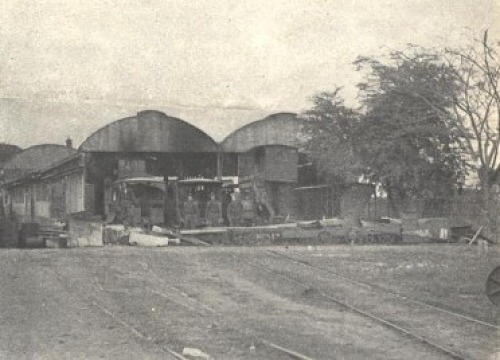
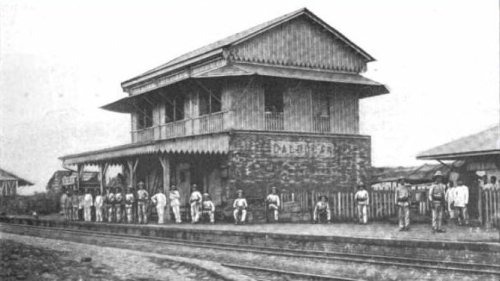
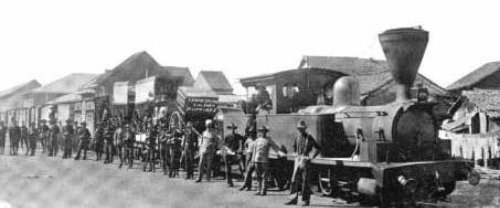

Feb. 17, 1899: Founding of Philippine Red Cross

Hilaria organized the Hijas de la Revolucion (Daughters of the Revolution), which later became the Asociacion Nacional de la Cruz Roja (National Association of the Red Cross), considered a kind of precursor of the present Philippine National Red Cross.
On Feb. 17, 1899, the Malolos Republic approved the Constitution of the National Association of the Red Cross. The Republic appointed Hilaria del Rosario Aguinaldo as President of the Association. In its first five months it had thirteen chapters. She and others helped to organize and distribute the needed food and medicines to wounded Filipino soldiers.
On Oct. 5, 1899, Mrs. Aguinaldo spoke to the soldiers assembled in Tarlac:
“…Were it not a shocking thing for us to wear trousers and to carry rifles … we [the women] members of the Philippine Red Cross — would aid you in the struggle and die by your side, for what would our lives amount to if we should still have to live in slavery? Though I am a weak woman, I can assure you that my prayer is for all the Filipino people…”
She accompanied her husband in his long and arduous trek to northern Luzon, from Nov. 13, 1899 in Bayambang, Pangasinan, until Dec. 25, 1899 in Talubin, Bontoc, Mountain Province; on that Christmas day, Emilio Aguinaldo, wishing to spare the 5 women in his entourage from further hardships (Hilaria, Aguinaldo’s sister, Col. Manuel Sityar’s wife and Col. Jose Leyba’s 2 sisters) ordered Colonel Sityar and another officer to accompany the women and surrender to the Americans in Talubin. Hilaria was reunited with her husband soon after his capture by the Americans on March 23, 1901.
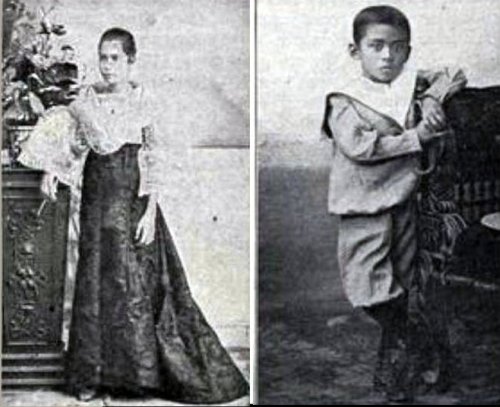
Hilaria del Rosario Aguinaldo died of tuberculosis in Kawit, Cavite on March 6, 1921.

Francis A. Blake, of California, in charge of the Red Cross, wrote after a battle:
“I never saw such execution in my life, and hope never to see such sights as met me on all sides as our little corps passed over the field, dressing wounded. Legs and arms nearly demolished; total decapitation; horrible wounds in chests and abdomens, showing the determination of our soldiers to kill every native in sight. The Filipinos did stand their ground heroically, contesting every inch, but proved themselves unable to stand the deadly fire of our well-trained and eager boys in blue. I counted seventy-nine dead natives in one small field, and learn that on the other side of the river their bodies were stacked up for breastworks.”



